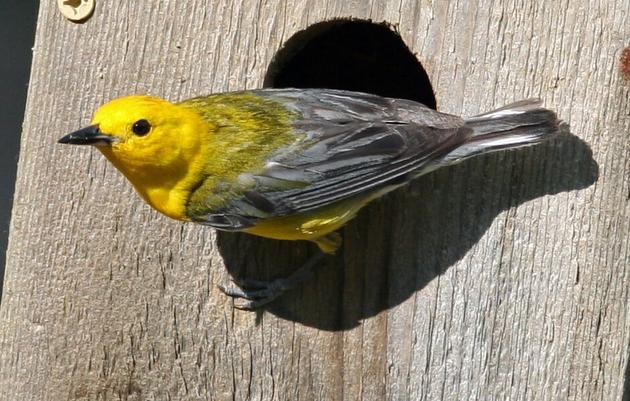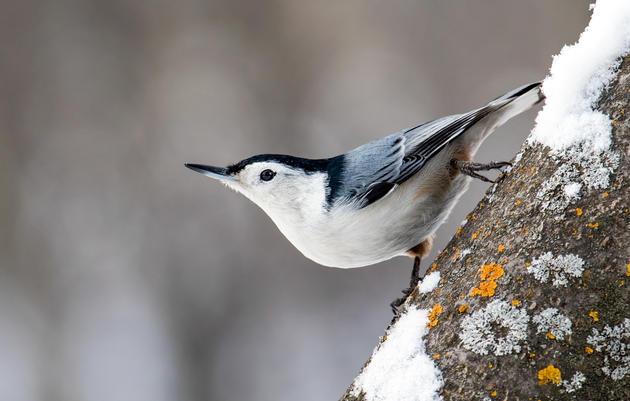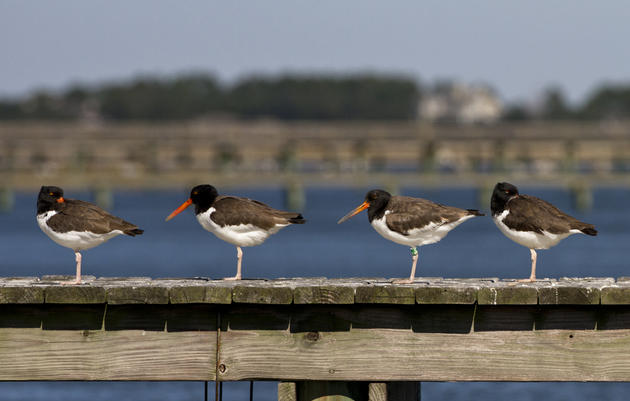As birds settle in to nest for the spring, we can learn about them together by observing their behavior and sharing our findings!
Over the next few weeks, Audubon North Carolina will be featuring your photos of nesting birds on our Facebook page. Posting pictures of the different species who have settled in to your backyard will help us all share in the wonder of the nesting season and encourage us to learn more about what helps our local birds thrive.
By April, nesting season is well underway for year-round birds like the Brown-headed Nuthatch, chickadees, cardinals, robins, mockingbirds, hawks and owls.
May is peak season for tropical migrants who arrive in April, including warblers, the Wood Thrush and Gray Catbird.
TIP: As you’re spring cleaning your yard and preparing to plant for the season, consider keeping a few piles of yard “waste” intact. A lot of these species build their nests with dirt, twigs, weeds, fur and leaves!
Become a community scientist this spring and support the next generation of local birds by taking the steps described here to observe and report:
Safely Monitor Nests
There is so much to observe during nesting season, especially if you’ve set up bird boxes in your backyard. Natural nests are a bit harder to find, but equally important to watch.
To find nests at the start of nesting season, watch for and follow birds collecting items like twigs and leaves in your backyard. Once nests have been completed, you may be able to follow male birds as they sing to mark their territory. After eggs hatch, adults may make more frequent trips to and from the nest to find food for their young. You may have more luck searching in shrubs as opposed to trees, where nests are easier to spot.
As you monitor, be sure to minimize disturbance. NestWatch’s Code of Conduct offers helpful tips, such as:
- Avoid accidental harm to the nest and its protective surroundings by keeping a safe distance
- Visit nests in the afternoon, since birds are most likely to lay eggs in the morning
- Do not approach when young birds are close to fledgling, as they may try to leave the nest prematurely
Collect Data
By visiting a nest site every 3-4 days, you can collect important data without causing excess disruption.
The information you’re seeking is simple: location, habitat, species, number of eggs, and number of young in each of the nests you monitor.
Report Your Findings
The first place you should share your findings is, of course, with your local community of birders. Over the next few weeks, so many of us will be observing the successes and failures of the same or similar species as they breed in our backyards. Take photos of nests from a safe distance, and share them via Audubon NC’s Facebook page so we can learn more together!
Another great way to support local birds is by reporting nest observations to NestWatch (either online or on their new app), which uses community members’ data to analyze whether our local populations are succeeding over time.







